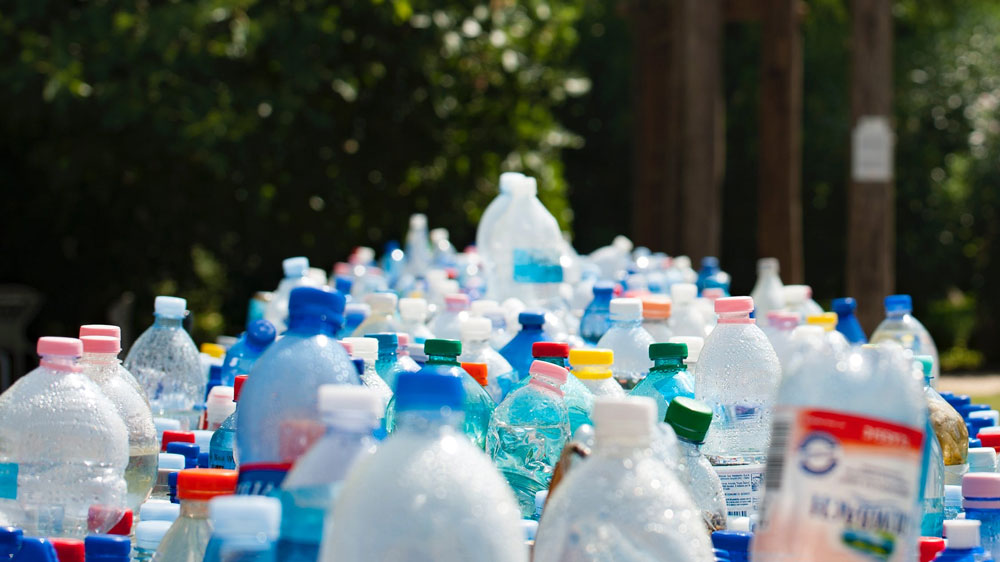EU Parliament to ban single-use plastics products
The European Parliament recently agreed on the ambitious measures proposed by the Commission to tackle marine litter coming from the 10 single-use plastic products most often found on European beaches, as well as abandoned fishing gear and oxo-degradable plastics.
The rules on Single-Use Plastics items and fishing gear, addressing the ten most found items on EU beaches place the EU at the forefront of the global fight against marine litter. They are part of the EU Plastics Strategy – the most comprehensive strategy in the world adopting a material-specific lifecycle approach with the vision and objectives to have all plastic packaging placed on the EU market as reusable or recyclable by 2030. The Single-Use Plastics Directive adopted by the European Parliament on March 27 is an essential element of the Commission’s Circular Economy Action Plan as it stimulates the production and use of sustainable alternatives that avoid marine litter.
“Today we have taken an important step to reduce littering and plastic pollution in our oceans and seas. We got this, we can do this. Europe is setting new and ambitious standards, paving the way for the rest of the world,” First Vice-President Frans Timmermans, responsible for sustainable development said.
“Once implemented, the new rules will not only prevent plastic pollution, but also make the European Union the world leader in a more sustainable plastic policy. The European Parliament has played an essential role in laying the foundation for this transformation and in giving a chance to the industry to innovate, thus driving forward our circular economy,” Vice-President Jyrki Katainen, responsible for jobs, growth, investment and competitiveness, added.
“We should all be very proud of these new rules because they tackle marine plastic pollution at its source – one of the most called for and supported EU initiatives among European citizens. After the favourable vote by the Parliament today, our main task will be to ensure that these ambitious measures are quickly implemented in practice, which will be common work for public authorities, producers and consumers alike,” Commissioner for environment, maritime affairs and fisheries, Karmenu Vella concluded.
The Single-Use Plastics Directive voted on by the European Parliament tackles directly marine litter thanks to a set of ambitious measures:
- A ban on selected single-use products made of plastic for which alternatives exist on the market: cotton bud sticks, cutlery, plates, straws, stirrers, sticks for balloons, as well as cups, food and beverage containers made of expanded polystyrene and on all products made of oxo-degradable plastic.
- Measures to reduce consumption of food containers and beverage cups made of plastic and specific marking and labelling of certain products.
- Extended Producer Responsibility schemes covering the cost to clean-up litter, applied to products such as tobacco filters and fishing gear.
- A 90% separate collection target for plastic bottles by 2029 (77% by 2025) and the introduction of design requirements to connect caps to bottles, as well as target to incorporate 25% of recycled plastic in PET bottles as from 2025 and 30% in all plastic bottles as from 2030.
The proposed Directive follows a similar approach to the successful 2015 Plastic Bags Directive, which brought about a rapid shift in consumer behaviour. When implemented the new measures will bring about both environmental and economic benefits, such as for example: avoid the emission of 3.4 million tons of CO2 equivalent; avoid environmental damages which would cost the equivalent of EUR 22 billion by 2030; save consumers a projected EUR 6.5 billion.
Next steps
Following this approval by the European Parliament, the Council of Ministers will finalise the formal adoption. This endorsement will be followed by the publication of the texts in the Official Journal of the Union. The Member States will then have two years to transpose the legislation into their national law.



